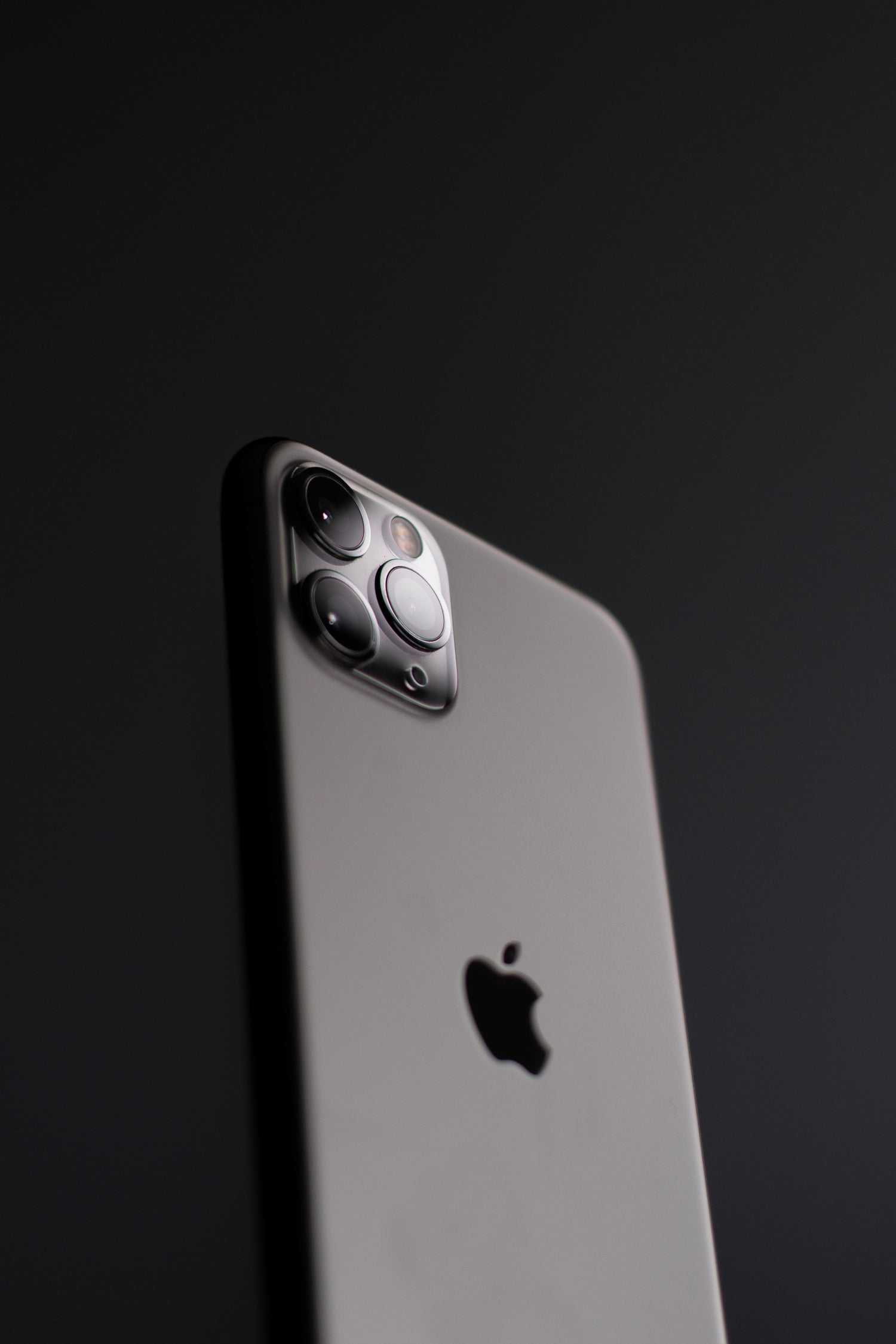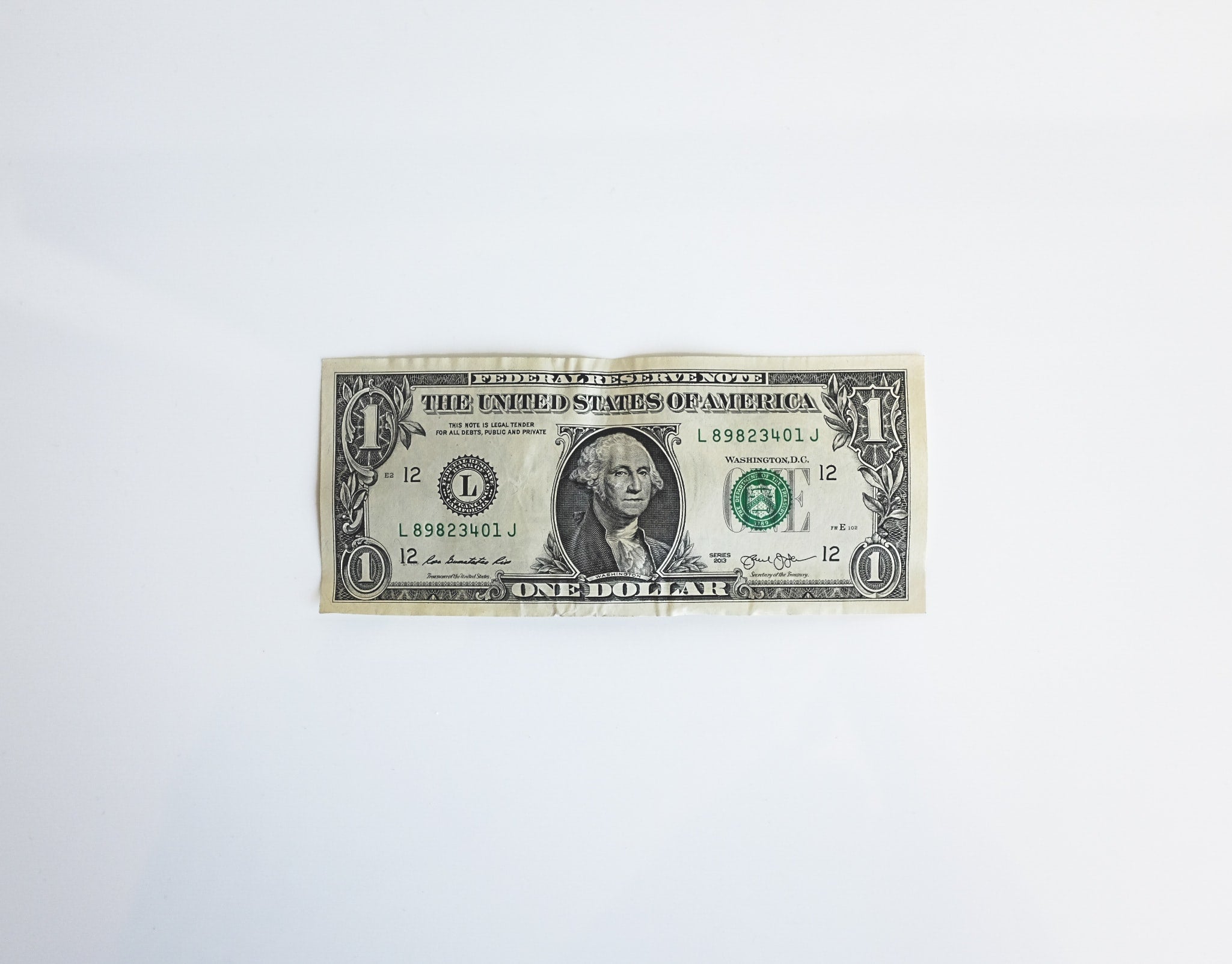Blog #19 in the series on Wealth Accumulation, Context: Male, 29 years old
One of the most overlooked elements of personal finances is our phone bill expenses. With the advent of the smartphone, phones have become an indispensable element of our daily lives. Over the last decade, wireless providers have leaned into this reliance in a variety of ways by offering increasingly advanced technology and increasingly expansive data packages. But the reality is that the average consumer is being upsold unnecessarily. Let's dig in to find how we can save over a $1000 on our annual phone bill.
1. Overpaying for latest tech - One of the first phones that I owned was the Casio G'Zone Boulder a $60 phone that didn't do much more than send calls and texts (It was also waterproof but that is beside the point). Today people routinely pay $1000 for cellphones. Granted your phone can do more today than it ever could before but that is not really that point. So can virtually any other electronic device and according to the Bureau of Labor Statistics their prices have only come down.

Computer software, audio equipment, and photographic equipment all of which can be found in modern smartphones are flat to down over the last decade. So if electronics prices are going down why did Apples product 10x. Apple is a large high quality producer of electronic devices, a market leader and they largely set their own prices. They largely determine what people will pay for these products.
According to Investopedia, the iphone 11 cost between $1,099 to $1,449 for consumers to purchase but only cost about $490 to make (This runs contrary to the above chart likely due to specific technological advances in the iphone that aren't reflected in the broader industry). This likely doesn't include all costs but certainly gives a sense of the markup involved. I don't mean to demonize markups as they are essential for businesses to generate profits but I do mean to highlight that it might be worthwhile to consider whether that $1000 of spend is necessary.
One of the ways that Apple has overcome this sticker shock for many, and why many more people can now purchase iphone's is the subscription plan that they now offer. Instead of paying upfront users can now pay off their phone over a two year to three year period. This makes a $1000 seem much more paleatable at $27-$42 dollars a month. For now, let's assume that $1000 paid today is the same as $1000 paid over three years and instead of paying $1000 you paid for the base iphone SE version at $300. Instead of $1000 you are saving $700 over the lifetime of your phone to purchase a similarly functioning phone. Let's remember however that after a year or two your battery is going to be fried your hardware unsupported by current software, or the phone just stops working something we so often forget at the time of purchase. For argument sake let's assume your your phone lasts 3 years. So your SE phone costs $100 per year compared to the $333 of your $1000 iphone. This means you save $233 annually by opting for a cheaper phone. Stop thinking of your phone as a luxury item and instead you should be thinking of your phone as a recurring commodity purchase due to its limited shelf life and relative technological ubiquity. A phone purchase or its analog will be likely become a recurring lifetime expense, it is crucially important that you are not overpaying unnecessarily for these items.
2. Overpaying for Data - Not only do we now sign up for a subscription to pay for the phone hardware, we also conventionally pay for the data that accompanies that phone. When we buy a new phone, we are often told we need unlimited data to prevent us from running out of data each month and rendering our phone useless, but there is a high chance that this isn't the case. According to my own experience and this nerdwallet article, most Americans don't consume more than 5GB of data a month, (the current unlimited threshold for Verizon). Availability of Wifi compounded by Work From Home flexibility have likely significantly reduced your need for data.
You can find how to track your own data usage via your phone here or you can review your wireless carrier account to see how much data you are actually consuming. (This may take some time as providers often bury your usage stats to avoid you from realizing you are overpaying.) Recently I viewed my own historical usage and found out that I was using between 2-4 GB a month. By downgrading my phone plan from unlimited to a plan that matched my consumption I was able to save $50 a month on my phone bill or $600 annually.
By taking a look at your data usage and right sizing your hardware spend you can quite easily save $833 annually.





Leave a comment
All comments are moderated before being published.
This site is protected by hCaptcha and the hCaptcha Privacy Policy and Terms of Service apply.